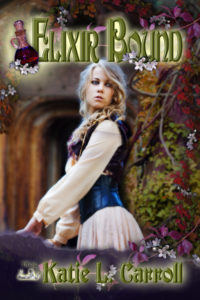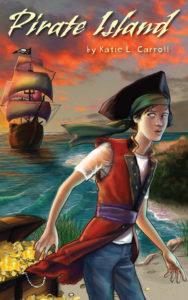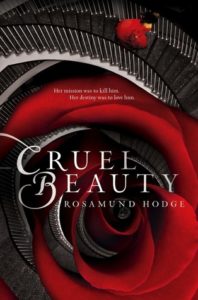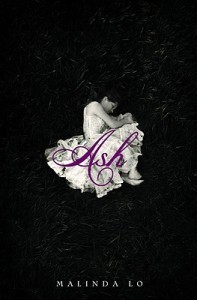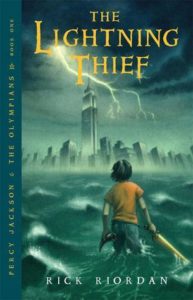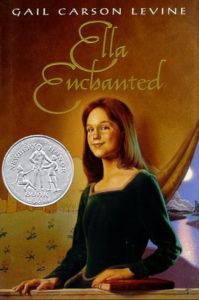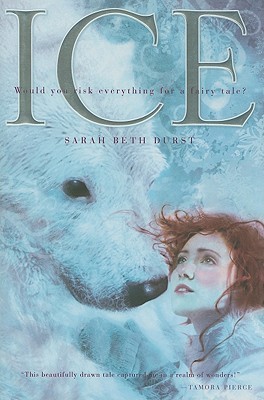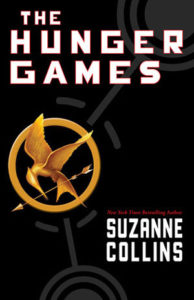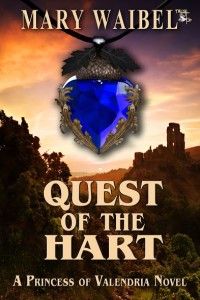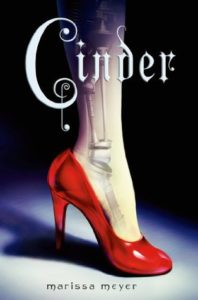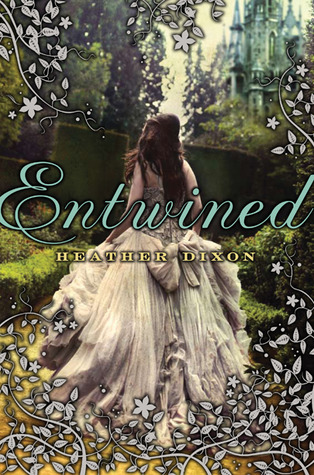I’m pleased to welcome writer friend Gayle C. Krause to the blog today. She is celebrating her latest release, the middle grade historical fiction TWICE BETRAYED, and sharing the inspiration behind the book. Welcome, Gayle!
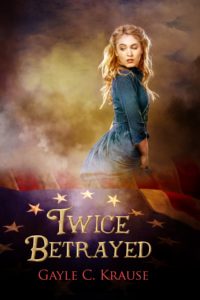 Thanks for having me on your blog today, Katie. I’m so proud to share my newest novel with your readers. If you like the 1776 era in American history, the story of a young girl’s loyalty to her friends, mystery, danger, and spies, TWICE BETRAYED is for you.
Thanks for having me on your blog today, Katie. I’m so proud to share my newest novel with your readers. If you like the 1776 era in American history, the story of a young girl’s loyalty to her friends, mystery, danger, and spies, TWICE BETRAYED is for you.
So, what inspired me to write TWICE BETRAYED?
Well, I’ve always loved history and discovering how things came to be.
When I walked in Pompeii, I felt like I had been there before.
In the Coliseum, a new story about one of the entertainers blossomed, which I’ve yet to write, but it’s taken its place in my brain queue.
In the Caribbean, I’m positive the long-lost pirates whispered to me with each crash of the waves, and so I also have a female pirate story I’m working on.
But Perdy’s story was different. I wrote it first, and when I visited the Betsy Ross House, after the story was completed, I froze in my tracks. My husband asked me what was wrong.
But nothing was wrong…it was right. I had described the shop, the kitchen, the bedroom Perdy shared with her sister and grandmother in great detail, with the only difference between Twice Betrayed and the real thing being the shape of the stairs. Mine are square with landings between floors and the real house has circular stairs within the walls.
And since the whole story about Betsy Ross making the first flag is a legend, with no real proof that she actually made it (ask any historian), it was a perfect setting for my story.
I come from a long line of seamstresses and am a certified Home Economics teacher, where I also taught sewing to my students, so you can see how the sewing bits in the story are relevant.
TWICE BETRAYED is a mix of fact and fiction stitched together to bring a new light to the fabric of our beginnings, told from the eyes of a thirteen-year-old girl, who fell into a web of deceit and struggled to win her freedom, just like the country being born around her.
TWICE BETRAYED blurb:
With the spark of independence crackling in Colonial Philadelphia, three girls dress as boys and head to the river to put a perilous plan into action, but only two return. The third, a milliner’s assistant, is found drowned, with gold in her hems, coded spy letters in her bodice, and a journal implicating another sewing apprentice in the treacherous plot.
All eyes turn toward Perdy Rogers, Betsy Ross’ thirteen-year-old apprentice, but she’s no spy! With her life on the line, she struggles to untangle herself from the web of deceit and learns the hard way that freedom, whether an individual’s or a country’s, comes at a cost.
If you or you followers read TWICE BETRAYED, I’d appreciate a review on Amazon and Goodreads. Thanks for having me. Remember…
“The golden thread of friendship is what stitches hearts together!”
TWICE BETRAYED is available in paperback and ebook.
I also have a new picture book coming out this year. DADDY CAN YOU SEEE THE MOON? will be released November 7, 2017 from Clear Fork Publishing. It’s about a young boy and his soldier dad sharing special moments by looking at the moon each night. But when Dad comes home a wounded warrior, his son discovers it’s the power of love that kept them connected all along.
 About the Author:
About the Author:
Gayle C. Krause is a member of SCBWI, KIDLIT, Ink, KSRA, and a past member of the Historical Novel Society and the Poet’s Garage. She’s served on the Rhyming Revolution Selection Committee, choosing the “best” rhyming picture book for 2015 and 2016. A Master educator, she’s taught Children’s Literature to prospective teachers at the secondary and post-secondary levels. Ms. Krause writes fantasy, contemporary, and historical fiction for Young Adult, Middle Grade, and young children. Her publishing credits include:
- Rock Star Santa – Scholastic 2008.
- RATGIRL: Song of the Viper – Noble Young Adult /Trowbridge Books 2013
- Scheherazade’s Secret – Trowbridge Books 2014
- Twice Betrayed – Trowbridge Books 2017
- And coming November 7, 2017 – Daddy, Can You See the Moon? – Clear Fork Publishing.
She lives in a small town not far from where she was born. She listens to her muse sing through the trees of the Pocono Mountains and is inspired to write for children everyday. For more about Gayle, visit her website gayleckrause.com, Twitter @GeeCeeK, Facebook, and Goodreads pages.
 I’ve been feeling particularly unproductive this year, in part because I haven’t been doing much drafting. It’s my favorite part of the writing process and the one that creatively feels the most fulfilling. I feel whole when I’m in the midst of a draft and able to lose myself in the process of adding words to the page.
I’ve been feeling particularly unproductive this year, in part because I haven’t been doing much drafting. It’s my favorite part of the writing process and the one that creatively feels the most fulfilling. I feel whole when I’m in the midst of a draft and able to lose myself in the process of adding words to the page. Then there are those other little guys (The Boy and The Prince) who demand so much of my time. The Boy flourished in kindergarten and is on his way to being a big first-grader. The Prince is learning and growing so much and will start preschool in the fall. I’ve been doing my best to spend as much quality time with those two before baby (a.k.a. The Gentleman) comes.
Then there are those other little guys (The Boy and The Prince) who demand so much of my time. The Boy flourished in kindergarten and is on his way to being a big first-grader. The Prince is learning and growing so much and will start preschool in the fall. I’ve been doing my best to spend as much quality time with those two before baby (a.k.a. The Gentleman) comes.